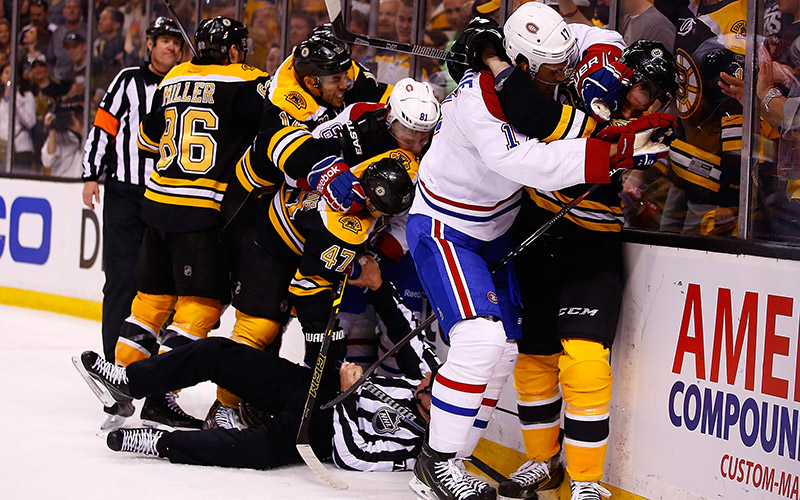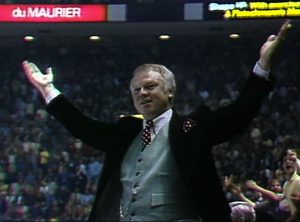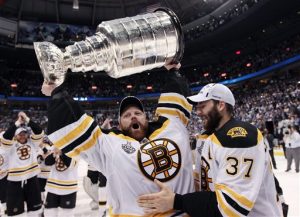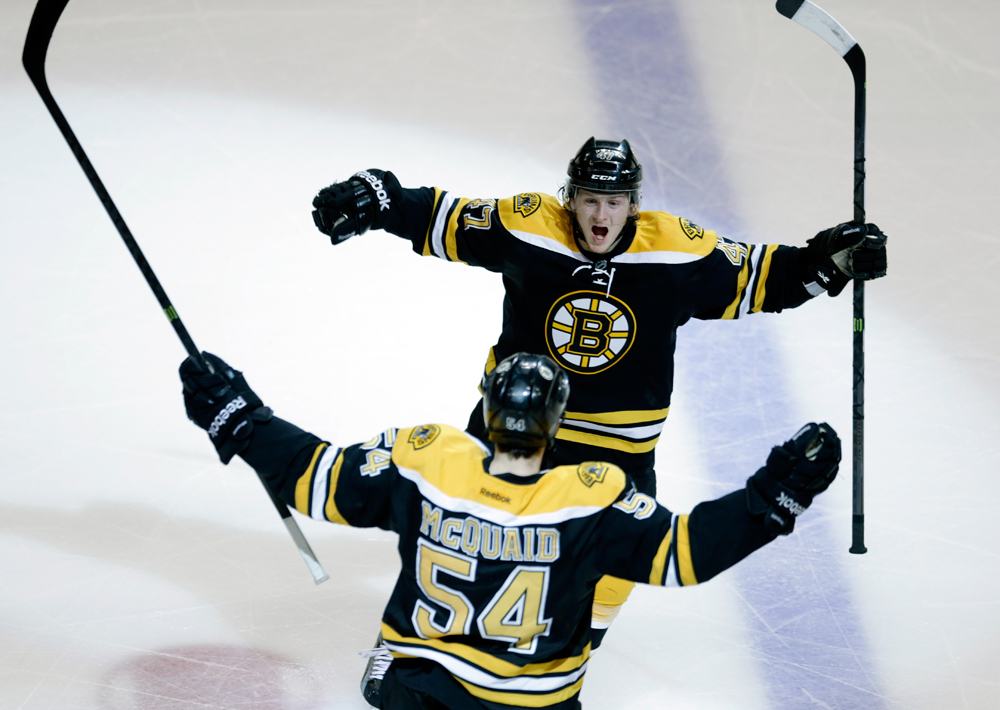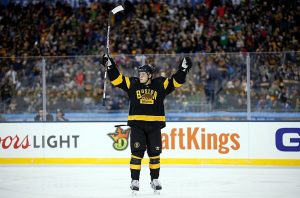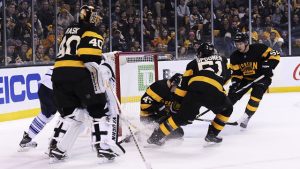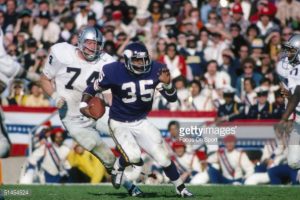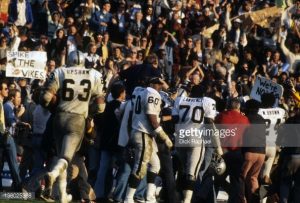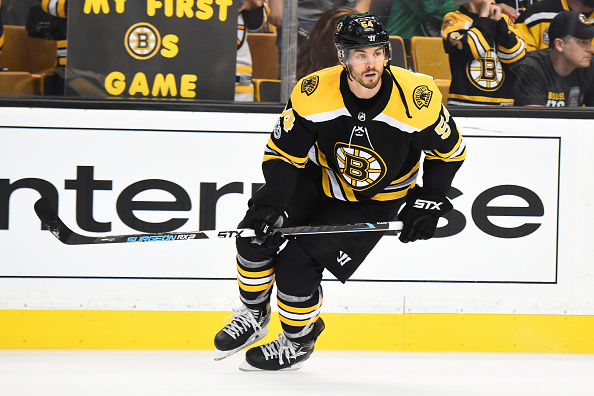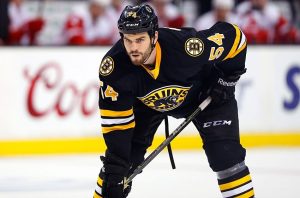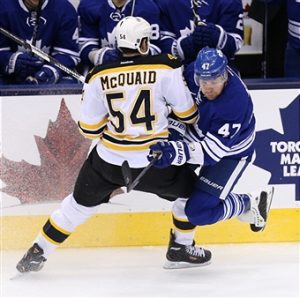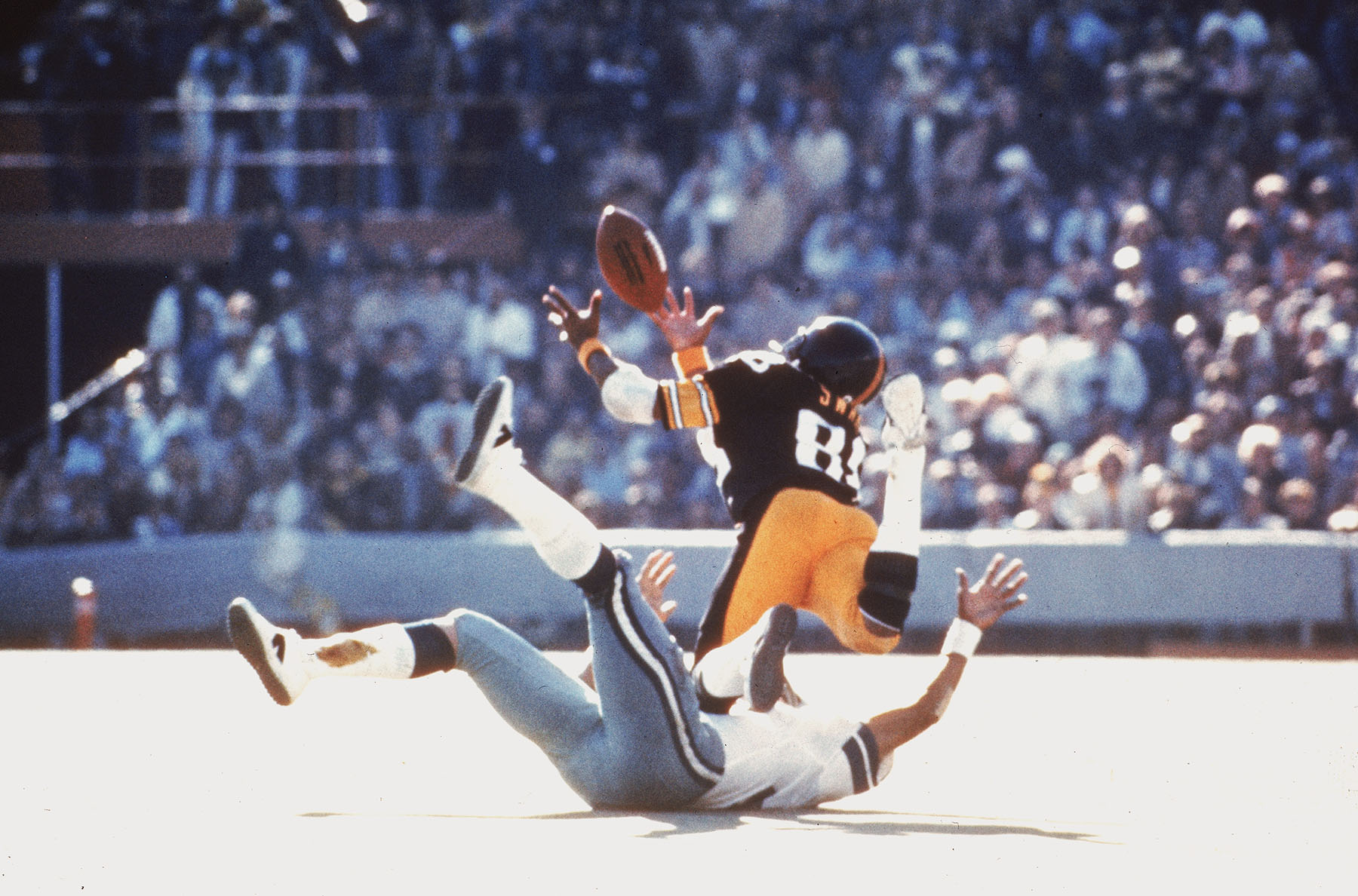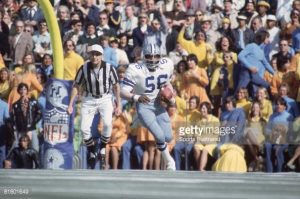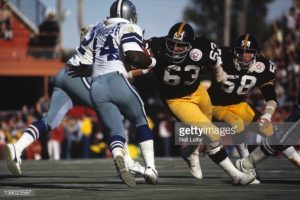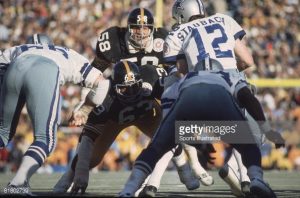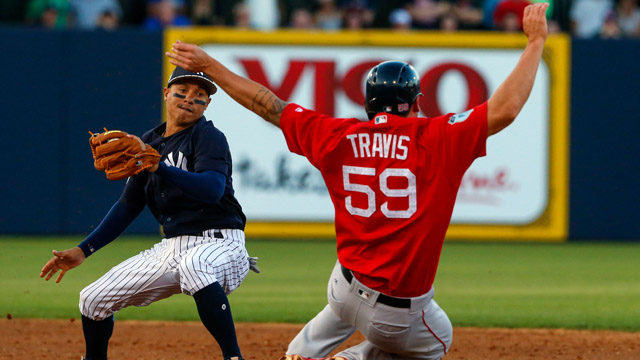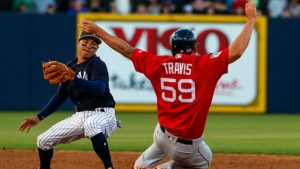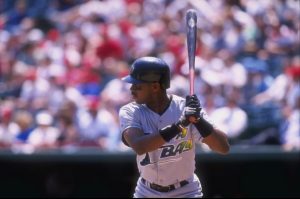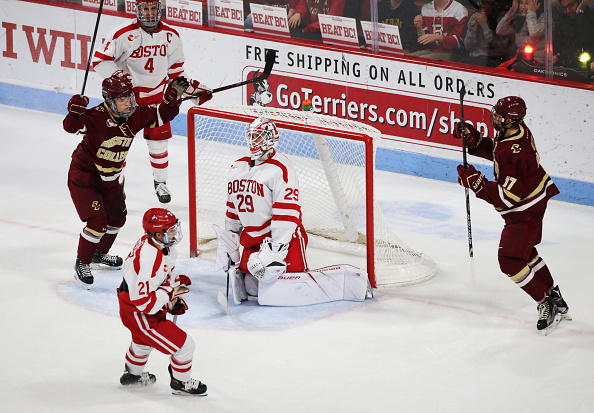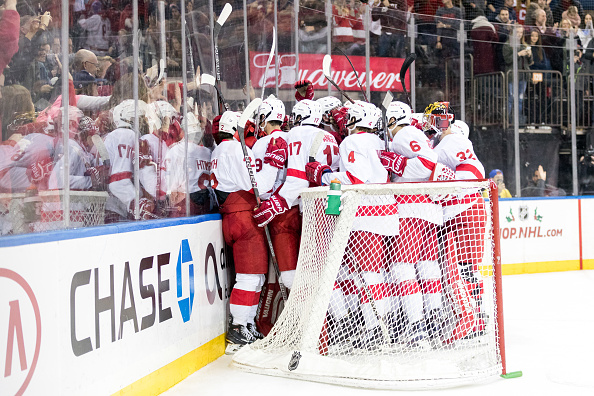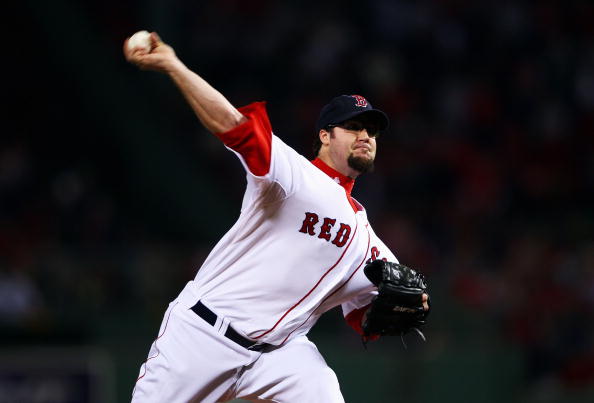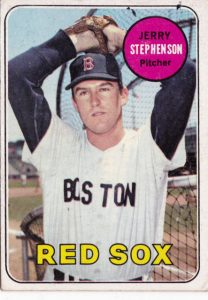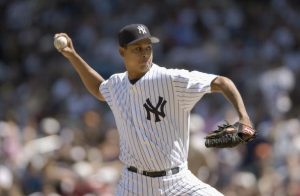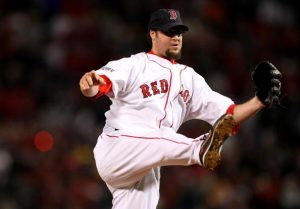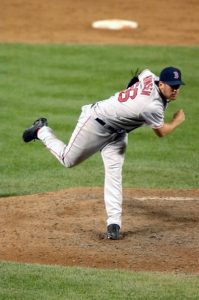The Super Bowl is just 40 days away. Let’s look at the Super Bowl from 40 years ago to honor this not that significant occasion!
Super Bowl XII was played in the Louisiana Superdome on January 15, 1978. The game pitted the NFC champion Dallas Cowboys against the Denver Broncos of the American Football Conference.
Dallas Cowboys 40 Years Ago
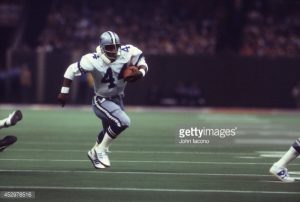
The Cowboys had much the same cast as the one that brought them their surprising Super Bowl X berth with one notable exception. They traded up in the 1977 draft with the expansion Seattle Seahawks and grabbed Heisman Trophy winner Tony Dorsett out of Pitt. Dorsett emerged in late-October and so did Dallas.
Innovative Tom Landry rode the talents of Roger Staubach and Dorsett to a 12-2 record. The Cowboys ran the most advanced offense of the era. They threw on first down, ran on third down and tossed in a trick play or two every week.
On defense, the Cowboys were tops against the run. Add to that the Defensive Player of the Year, Harvey Martin, and this Dallas team was the most complete club in football in 1977.
They embarrassed Walter Payton and the Bears in the playoffs and were not tested in the championship game as they faced a Vikings’ team without Fran Tarkenton. In one of the easiest marches a team has had to the Super Bowl, the Cowboys qualified to take on Denver two weeks later.
Denver Broncos 40 Years Ago
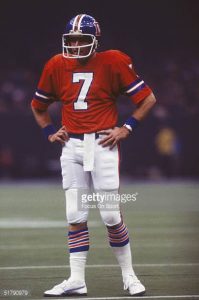
Denver’s road to the Super Bowl was far more unexpected. To be sure, they benefited from the Steelers having a down year. But, the AFC was by no means a breeze. Baltimore and Oakland were every bit as good as the Broncos were.
Where the Broncos held an edge was defense. The “Orange Crush” was third in scoring defense. Lyle Alzado, Tom Jackson and Randy Gradishar were stars on a team that played fundamental football under first year coach Red Miller.
On offense, it was old Cowboys’ QB Craig Morton who emerged to win Comeback Player of the Year. Kick returner Rick Upchurch was another stud on this club.
In the playoffs, Denver overpowered the vaunted Steel Curtain. They won going away in a game which introduced them to a national audience. The following week, they would face Oakland. The Raiders had just survived a double-overtime thriller over the Colts in Baltimore.
Veteran wide receiver Haven Moses stole the show on this day. He tallied 5 catches for 168 yards and two touchdowns. Still, this game came down to a controversial call. Rob Lytle fumbled on the goal-line, but was ruled down. It turned into a 14-point swing and the Broncos prevailed 20-17.
Doomsday Dominates
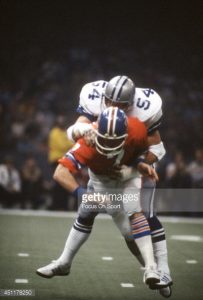
Dallas was a prohibitive favorite. However, the first half of this game featured two of the zaniest quarters ever seen in a championship game. Dallas’ doomsday destroyed Denver. In possibly the greatest mismatch in the history of the Super Bowl, the Cowboys overwhelmed their old quarterback. Morton threw four interceptions in the first half. The Broncos also lost two fumbles.
Denver’s defense was game. The Cowboys had numerous opportunities to blow their doors off, yet settled for five field goal attempts. Their only first-half TD occurred on a fourth down play from the one by Dorsett. The Cowboys fumbled four times in the first half themselves, but only lost one of those. Those missed opportunities haunted the Broncos.
Cowboys Clinch It
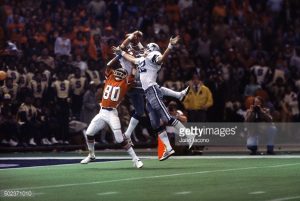
The second half was a much more normal football game. Dallas was still superior. Harvey Martin was unstoppable on the pass rush. Likewise, Ed Jones and Randy White were all over the field. Finally, they knocked Morton from the game.
After a dramatic TD reception from Butch Johnson, Broncos’ back up Norris Weese led Denver to their only touchdown. The score was 20-10 in the fourth.
Amazingly, the Cowboys caused yet another turnover. They forced Weese to fumble. On the next day, Landry went to his bag of tricks. Fullback Robert Newhouse ran a sweep, pulled up and launch a beauty for Golden Richards. That score closed the door.
Martin and White were the co-MVPs of Super Bowl XII. But, realistically, the award could have gone to the entire defense. Dallas came back one year later for another shot. However, their defense could not duplicate this effort against the Steelers.
The Steelers also knocked the Broncos out of the 1978 playoffs. Denver would not get back to the Super Bowl until the ‘80s when they had a quarterback named Elway.
Brandon Fazzolari is a Super Bowl expert…@spot_Bills

